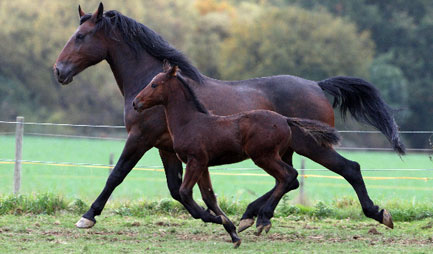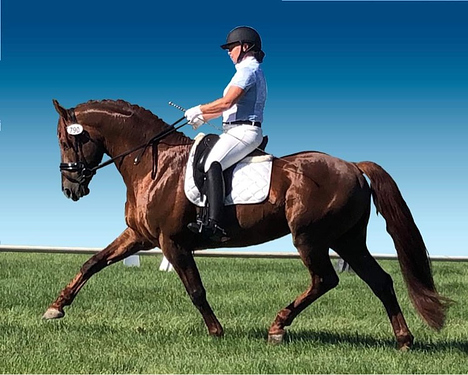Like others are saying, you have to look at the horse in front of you. While some breeds are quite prepotent, such as the TB, many horses vary greatly within the breed. For example, I have a APHA gelding that is largely halter bred - yet is actually pretty correct and a very good jumper. He’s 15 now and has remained sound for the past 10 years of my ownership. He is my first flight foxhunter and looks like a WB cross, all aspects that are very unusual for the typical halter bred horse.
Some registries have specific breeding directions because horses within the breed vary greatly - an example would be KWPN who has both the Dutch harness horse and dressage/jumper type horses registered under the KWPN umbrella - yet each direction of breeding varies a great deal in type.
Like some others have said, you truly have to look at each horses type and beyond that, what each horse is known to stamp onto their offspring and reproduce. You can choose an exception stallion but if he does not carry a lot of homozygous characteristics that are guaranteed to be reproduced in his offspring, breeding will forever be a gamble with that particular stallion. That is the issue with outcrosses and choosing the mountain horse type - there are not many homozygous characteristics, therefore, the outcome of the offspring are wildly variable and difficult to predict/control. That is why it is also so important to also choose proven sires and dams to know what each reliably passes on - one can with relative accuracy then predict the results of the offspring and breed for a certain type.




